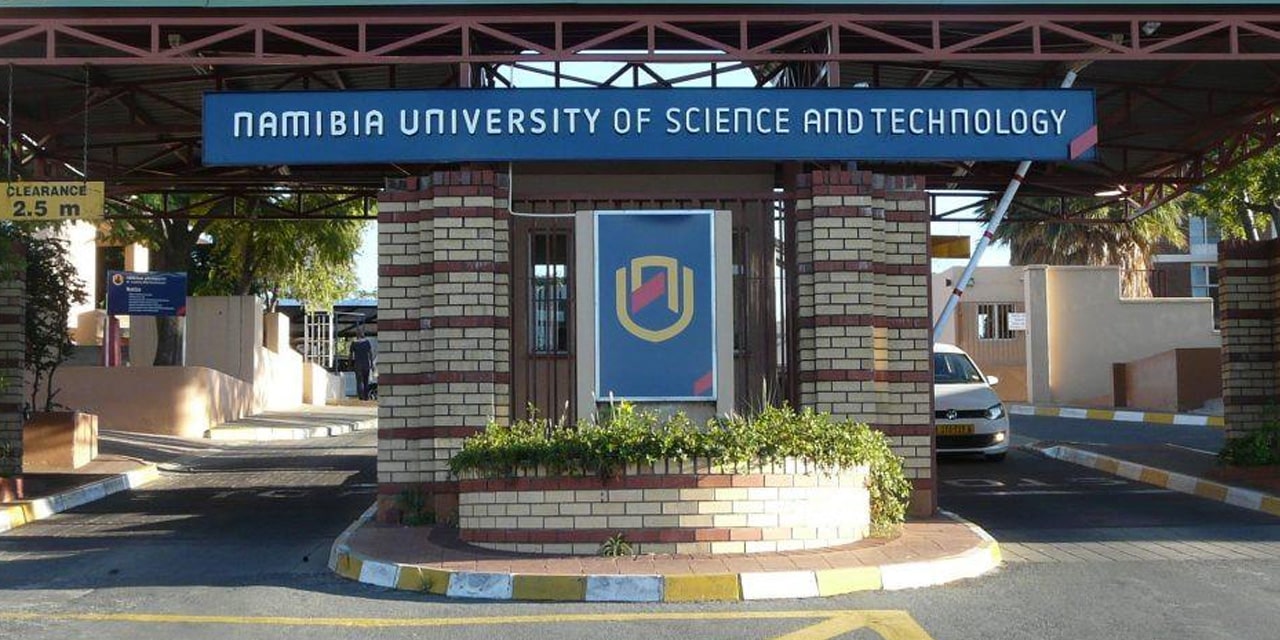Niël Terblanché
The University of Namibia (UNAM) has taken a step in strengthening the country’s wildlife conservation efforts within the Kavango-Zambezi Transfrontier Conservation Area (KAZA TFCA) with the expansion of its Katima Mulilo Campus.
The extension is a demonstration of the country’s commitment to developing skilled human resources that can sustainably manage and protect the country’s rich biodiversity for future generations.
President Nangolo Mbumba inaugurated the Department of Wildlife Management and Tourism Studies on Monday.
He said the facility is another milestone in Namibia’s efforts to build capacity in human resources dedicated to wildlife conservation.
“In the past, we struggled to produce graduates with the necessary skills to conduct research, analyse problems, and formulate evidence-based policies. Today, we take pride in our growing capacity through UNAM and other institutions that provide targeted solutions to community challenges, the environment, and wildlife,” he said
The President explained that the new facility aims to create an optimal learning environment for students pursuing careers in wildlife management, conservation, and tourism—sectors crucial for Namibia’s economic and social development.
Mbumba reiterated the importance of tourism in both Namibia and the Southern African region, noting its potential to drive economic growth and improve livelihoods.
“The Zambezi Region, which encompasses part of the KAZA TFCA, faces numerous challenges, including the prevalence of infectious livestock diseases and increasing human-wildlife conflicts,” he said.
To address these issues, the Ministry of Agriculture, Water and Land Reform requested UNAM to introduce a Diploma in Animal Health (DAH), which was successfully launched at the Katima Mulilo Campus in 2014.
Mbumba said that by prioritising animal health and wildlife management courses, UNAM is positioning itself as a vital player in equipping the youth with the skills necessary to tackle the complex challenges of wildlife management.
“Our youth must be motivated to seize the opportunities presented by the parks. Equipped with skills in research, technology, and management practices, they can effectively address the challenges and enhance the value derived from our natural resources,” he said.
The President added that the establishment of the Department of Wildlife Management and Tourism is particularly important for local communities in the Zambezi, Kavango East and West, and Kunene regions, where human-wildlife conflict is on the rise.
“By empowering Namibian youth with the knowledge and skills to create strategies for peaceful coexistence, the programme aims to improve livelihoods and foster grassroots conservation efforts,” he said.
The new department will enable local communities from the KAZA TFCA’s five member countries to send students to the Katima Mulilo Campus, providing access to higher education opportunities.
Mbumba expressed confidence that graduates from this facility will possess the competencies, skills, and adaptability required to uplift their communities from poverty.
He also extended his gratitude to the Government and people of Germany for their ongoing support and collaboration with Namibia.
Mbumba reiterated the importance of partnerships between UNAM and German universities, which facilitate staff and student exchanges, joint curriculum development, and collaborative research.
“With approximately 50 active partnerships with German institutions, we are committed to fostering relationships that enhance the educational experience for our students,” he said.
He added that the inauguration of the extension at the campus is a step forward for Namibia’s wildlife conservation efforts and demonstrates a commitment to developing skilled human resources that can sustainably manage and protect the country’s rich biodiversity for future generations.
“I hope that the collaboration between educational institutions, governments, and communities will lead to a more resilient and prosperous future for both wildlife and local populations,” he concluded.




